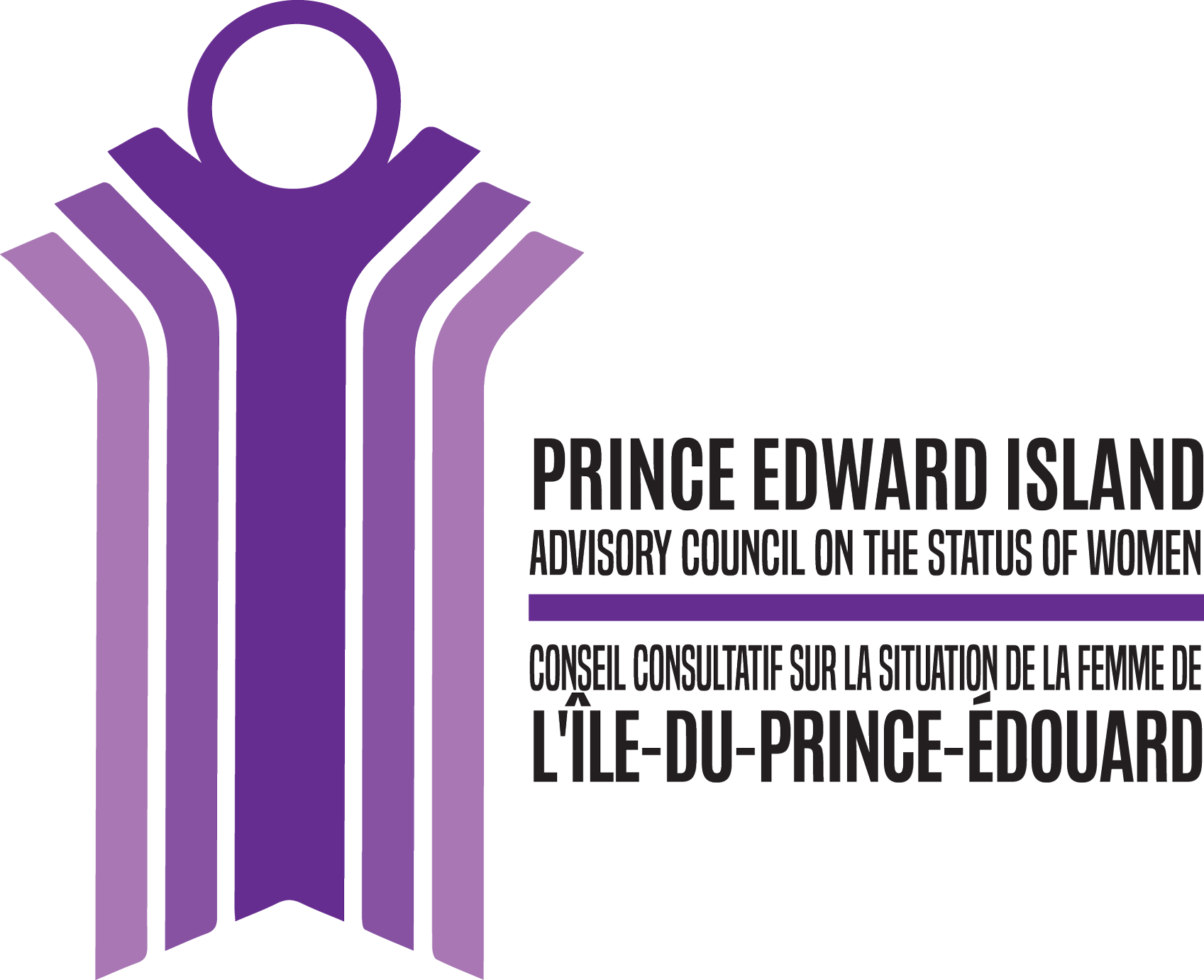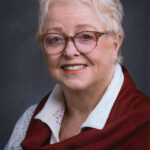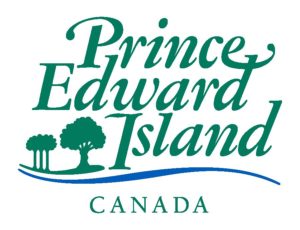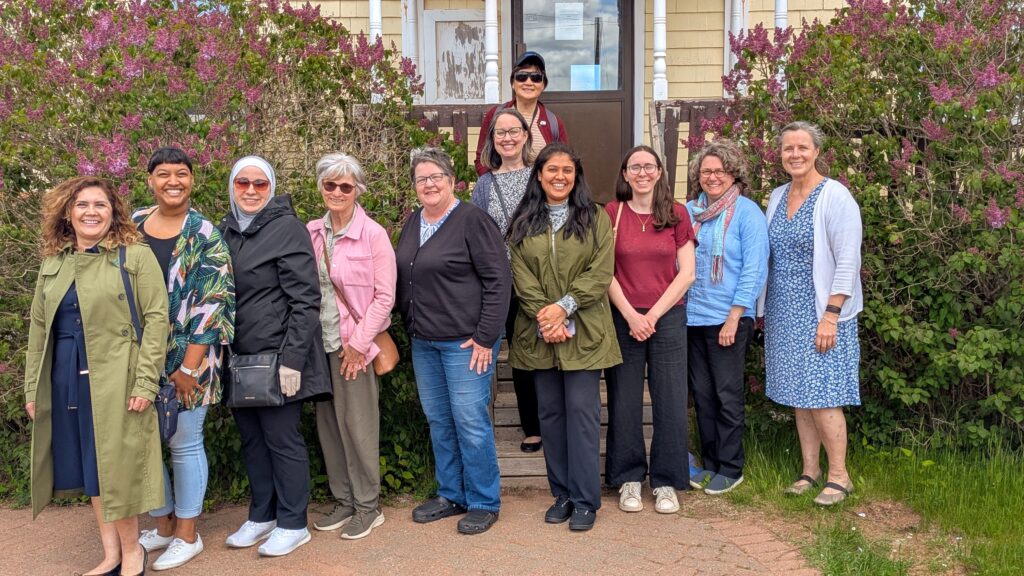
Some members and staff of the PEI Advisory Council on the Status of Women at the Lennox Island Culture Centre in May 2025. Back, top: Chairperson Hsiao-Yu Liu. Front, left to right: Vanessa Sierra, Alexia Riche, Tamara Alnsor, Jenny MacDougall, Becky Tramley, Trish Altass, Garima Mishra, Caroline Galloway, Jane Ledwell, and Michelle Jay. Missing from photo: Felicia Carey, Allie Cantwell, and Soleil Hutchinson.
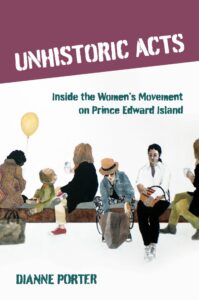 Dianne recalls the impetus behind getting legislation in place:
Dianne recalls the impetus behind getting legislation in place:
In addition to women becoming more visible and effective, my goal was to anchor the processes of Council in legislation rather than an Order-in-Council. During our discussion about a formal review, I remember telling the Premier how insecure the Council felt when Cabinet could vote to eliminate it altogether at any Cabinet meeting. One staff person had an interesting quote we all used when talking about the need for legislation. She often said, “On any given Thursday, we could be cancelled,” as Thursdays were Cabinet meeting days.Formation through a Minute-in-Council served the Advisory Council well from 1975 to 1988, but legislation has served the advancement of equality much better. The membership of the Advisory Council on the Status of Women when the Act was passed was also notable for its diversity. The Act helped with this: it set out expectations for government to make timely appointments, and it set term limits. Dianne Porter recalls the Council in 1986 having an “average age of seventy-three” and credits Premier Joe Ghiz (Canada’s first Premier of non-European descent) with helping to “create diversity by age, race, religion, ethnic origin, and profession.” In 1988, when the Act pas proclaimed, Council members included the first Indigenous member, Rikki Schock; Rachna Gilmore, a children’s author born in New Delhi who lived in PEI at the time; and Asifa Rahman, then a member of the Immigrant Women’s Assocation. Other members in 1988 were Brenda Creighton of Montague, Corina Bolo of Alberton, Angie Cormier of Wellington, Wendy Himelman of Mt. Albion, Morey MacEachern of Hampton, and Betty MacFadyen of Charlottetown. Dianne recalls that with more diversity, “The dynamics of the Council changed as did the priorities, all for the embetterment of the status of Island women.” The currently appointed membership of the Council continues to be diverse and continues to meet the challenge of the 1988 mandate set out in legislation. With gender equality–and all expressions of diversity, equity, and inclusion–under attack in many parts of the world, it is all the more important to celebrate milestones–and the 200+ next steps we take together after we reach the milestone.
